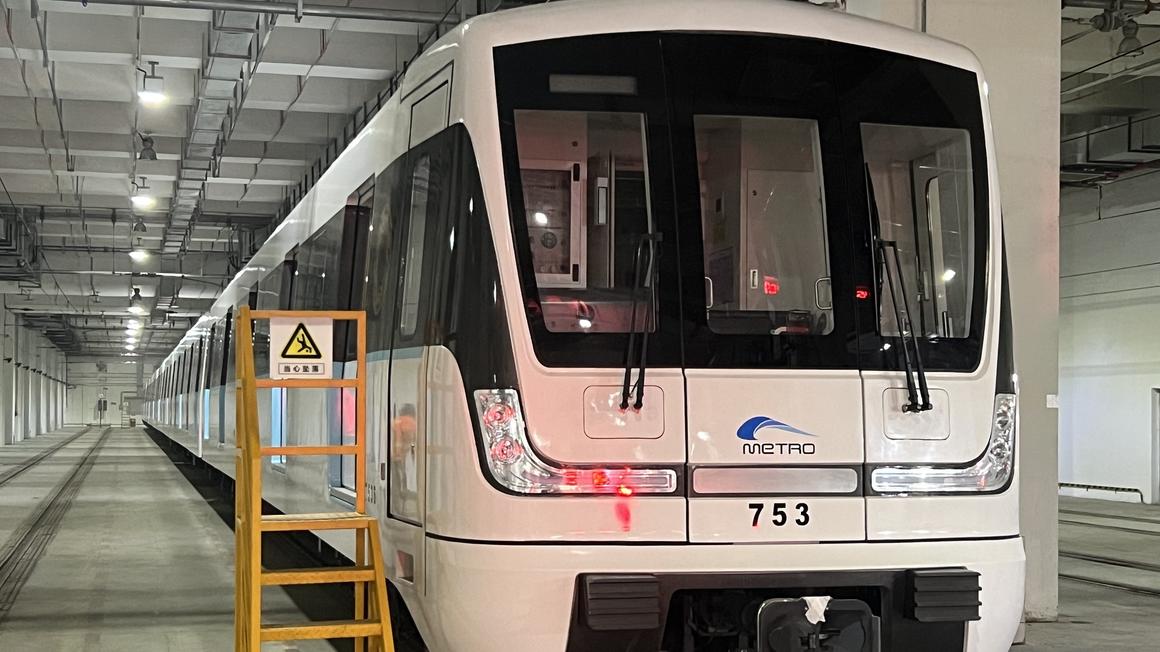 Alstom’s Chinese joint venture, Alstom NUG Propulsion System Co., Ltd (ANP) has started the passenger operation with a pilot train with traction system fitted with a new generation of silicon carbide (SIC) and permanent magnet motor propulsion system (PMM). The pilot train has operating on the Chengdu Line 7.
Alstom’s Chinese joint venture, Alstom NUG Propulsion System Co., Ltd (ANP) has started the passenger operation with a pilot train with traction system fitted with a new generation of silicon carbide (SIC) and permanent magnet motor propulsion system (PMM). The pilot train has operating on the Chengdu Line 7.
The demonstration train was the first to introduce a ground-breaking traction system in China that combined both a complete silicon carbide traction converter and a permanent magnet synchronous motor. The project’s successful completion marks the beginning of a new chapter in energy conservation in the rail transit industry and is solid evidence that Alstom has contributed to the high-quality growth of China’s green and intelligent rail transit integration.
The new generation silicon carbide and permanent magnet motor propulsion system of Alstom NUG Propulsion System adopts advanced technologies such as silicon carbide power devices with high-frequency, high-junction temperature, and low loss, as well as innovative technology of high-efficiency permanent magnet synchronous motors.
Thanks to the use of SIC and PMM technologies, 30% of energy is saved for train traction. On the other hand, during the design phase of the new converter, special attention was given to maintaining a similar level of reliability, while going from car control to single axle control. The maintainability is increased by adequate design of the new converter. This significantly makes maintenance operations more convenient. In addition, this product features lightweight and significantly reduced noise index, satisfying customer demands for environmental friendliness, reliability, and cost-effectiveness.
Based on this, ANP’s new generation of silicon carbide and permanent magnet motor traction system has five major innovation points:
- high frequency, miniaturisation, and low loss axis controlled full SIC power inverter module; high-efficiency permanent magnet synchronous traction motor;
- new generation of high-reliability control units and new digital gate drivers;
- speed sensorless control technology for permanent magnet motors;
- more energy-efficient and noise reducing cooling system.
Prior to this, a 20-year joint venture extension agreement was reached between Alstom and New United Group, regarding ANP with the purpose of further developing their pragmatic partnership. The fact that this pilot train with traction system was completed successfully is a strong indication of the two sides’ growing collaboration. Together with its Chinese joint ventures, Alstom will continue to provide complete and independent service to the Chinese rail transit market. It will also use cutting-edge technologies and procedures to enable China’s rail transit to enter a new era of sustainability, intelligence, and low-carbon transport.
Share on:



